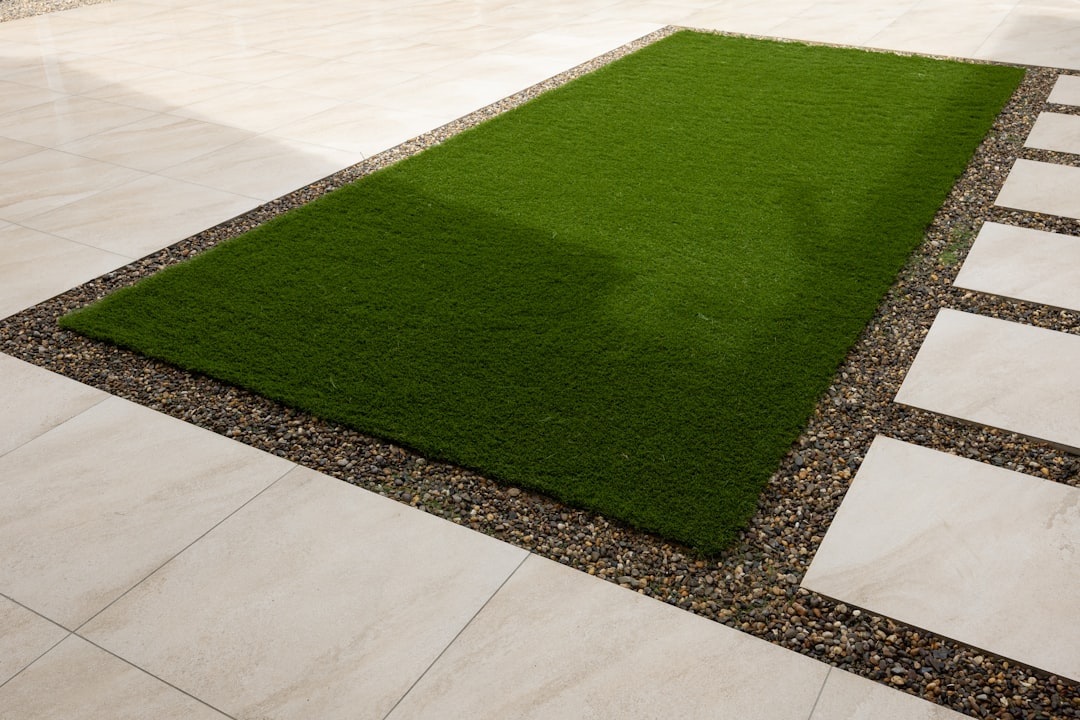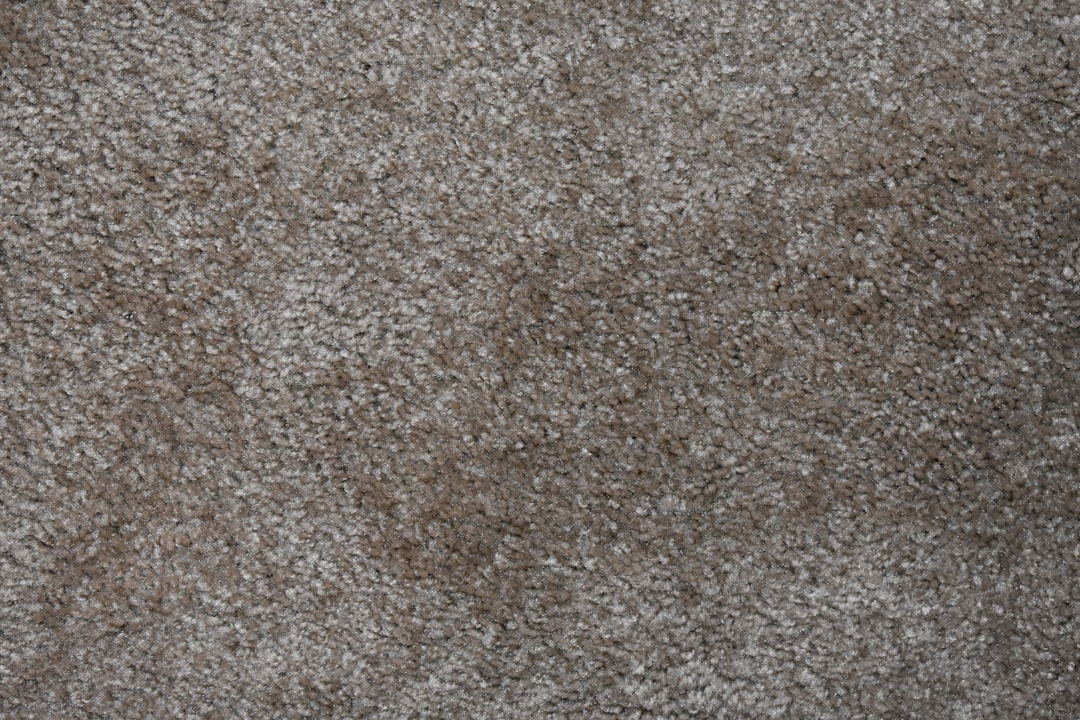

Engage prospects with a scan and streamline customer engagement with FREE QR code marketing tools by Sona – no strings attached!
Create a Free QR CodeFree consultation

No commitment

Engage prospects with a scan and streamline customer engagement with FREE QR code marketing tools by Sona – no strings attached!
Create a Free QR CodeFree consultation

No commitment
In today’s digitally driven world, QR codes have emerged as a pivotal tool for connecting traditional carpet installation services with seamless online engagement. Marketing leaders are modernizing customer journeys, yet many still struggle to bridge the gap between in-person interactions and digital conversion, which leads to missed high-value prospects, slow responses, and lost opportunities. QR codes simplify that handoff: a quick scan routes a curious homeowner or facilities manager to calculators, booking pages, or how-to content without friction or delay.
As customers increasingly expect convenience, immediate access to information, and effortless service booking, failing to enable this connectivity can stall growth and cost valuable deals. Whether promoting residential or commercial projects, the ability to turn every print asset, site sign, or showroom sample into a data-rich gateway is unlocking new opportunities for lead capture, faster quotes, and stronger retention.
QR codes enable carpet service firms to directly measure which real-world touchpoints drive real demand. They move teams beyond generic analytics and toward link-level attribution; see Sona’s blog on multi-touch attribution, which ensures that every engagement can be captured, understood, and acted upon with speed. The result is a more responsive business that converts curiosity into booked work while collecting the insights needed for better forecasting and follow-up.

QR codes bridge the gap between physical touchpoints and digital outcomes, addressing the persistent challenge of missing high-value prospects who engage with traditional materials but leave no trace in your CRM. By placing scannable access points at decision moments, you capture intent as it happens and route people to resources that close the loop: estimates, calendars, financing, and post-install care.
Start by mapping where prospects discover, compare, and decide: yard signs, showrooms, sample boards, direct mail, and contractor vehicles. Replace paper-heavy processes with QR-triggered digital flows that reduce errors and accelerate response times. Then use analytics to identify which placements, messages, and offers convert best so you can double down on what works.
Transitioning from outdated paper processes to QR-driven digital journeys enables faster response times, richer data, and higher-quality leads. Modern platforms also make it possible to automate audience segmentation and reporting for maximum ROI. You will spend less time chasing missed calls and more time following up on verified, high-intent scans that have already engaged with your content.

For carpet installation services, QR codes address several critical pain points that arise when most of your marketing happens in the physical world. Traditional offline campaigns rarely reveal which impressions become actionable leads, and a lack of visibility into anonymous foot traffic means potential buyers remain unknown and unpursued. QR codes provide a natural bridge, allowing service providers to capture and act on signals that previously went unnoticed.
The materials you already use at scale become digital on-ramps: appointment cards, warranty slips, showroom samples, site signage, door hangers, and mailers can all be coded and tracked. When each asset routes to a tailored resource or form, you connect every moment of interest with next-best steps and gain the attribution data needed to improve outcomes.
By integrating QR codes into appointment reminders, sample boards, quotes, and warranty cards, carpet installation businesses reduce the risk of lost demand, better understand their audiences, and position themselves as proactive, data-driven providers in a competitive market.
Carpet installers benefit from several QR formats that match common customer tasks. Choosing the right type ensures a simpler user journey and cleaner data capture. For most campaigns, dynamic codes are the best choice because you can edit destinations, add UTM parameters, and track results without reprinting.
In contexts where content will never change, a static QR code can be sufficient. For example, a safety manual on a tool cart or a fixed PDF installation guide may not require ongoing edits. For customer-facing assets tied to promotions, bookings, or product updates, dynamic codes deliver the flexibility teams need.
With Sona QR, you can generate and manage all of these formats in one place, switch destinations on the fly, and connect scan data to your CRM and analytics stack for better decision-making.

Targeted QR code placement unlocks new growth without adding complexity. Carpet installation services often struggle to track which channels or physical locations drive leads. With unique codes per touchpoint, every asset is measurable and comparable across neighborhoods, partners, and product lines.
Start with your highest-traffic surfaces and expand based on results. Segment codes by region, team, or campaign so you can attribute outcomes precisely and decide where to redeploy budgets, staffing, and inventory.
Strategic placement ensures you not only increase lead volume but also learn which messages resonate at each touchpoint. Over time, your team will build a clear picture of the channels that produce high-intent scans and which combinations of offer and placement deliver the best conversion rates.

QR codes shine when they are mapped to specific tasks in a customer’s journey. Focus on moments where convenience, clarity, or confidence will move a buyer forward. The following use cases align with common interactions in residential and commercial projects.
By linking each use case to a purposeful destination, you set expectations, capture essential data, and keep momentum. Use dynamic codes so content can evolve with seasons, promotions, or inventory.
Each of these use cases pushes the experience forward: prospects receive answers while you capture data, and recent clients receive guidance while you identify promoters for testimonials and referrals.
Every QR scan is a signal of intent and context. By deploying multiple QR codes across touchpoints and stages, you can segment your audience automatically and deliver more relevant follow-ups; see Sona’s Playbook intent-driven retargeting. The goal is to transform anonymous interest into identifiable segments that align with buying stage and project type.
Think about distinctions unique to carpet services. Residential versus commercial. Budget installers versus luxury fibers. DIY researchers versus time-pressed facilities managers. When you map codes to these differences, your retargeting becomes timely and precise.
With this approach, you close the loop on lead leakage. Every interaction is captured and advanced in your marketing and sales pipeline, which reduces manual work and accelerates the handoff between teams.
QR codes are connectors across offline and digital campaigns, enabling real-time engagement and richer data collection in every channel. For carpet installation services, that means your print, showroom, field operations, and advertising efforts can finally flow into one measurable funnel.
Begin by inventorying all media in circulation: brochures, sample binders, vehicle wraps, in-store screens, and mailers. Assign distinct codes by channel so you can compare engagement and conversion, and keep destinations aligned with the medium and moment of use.
QR codes serve as the offline onramp to your digital marketing engine. With a centralized platform like Sona QR, you can manage all codes, monitor performance, and sync scan data with your CRM and ad platforms to build a connected funnel from first scan to scheduled install.
Launching a QR campaign is straightforward when you align each step with a specific business outcome. Treat your first deployment as a pilot: validate your message, measure scan-to-conversion performance, and use those learnings to scale to more placements and neighborhoods. The steps below are designed for carpet installation teams that want clarity, speed, and measurable growth.
As you work through each step, keep a simple principle in mind: every scan should deliver value in the moment and create a data signal you can act on later. That balance turns QR codes from a novelty into a reliable engine for quotes and bookings.
Clarify your objective to define the right destination and creative. Examples include collecting qualified leads during a spring promotion, streamlining project feedback for quality assurance, or accelerating commercial bids in a new service area. If you skip this step, your campaign risks misaligned CTAs and low conversion.
Static codes suit fixed content like a PDF catalog or a care guide that will not change. Dynamic codes are best for campaigns that need measurement, retargeting, or future flexibility because they allow destination edits without reprinting and unlock analytics.
Your visual treatment and CTA strongly influence scan rates. Use brand colors, your logo, and a clear frame that draws the eye. Pair the code with a benefit-led CTA, not a vague instruction.
Map placement to natural customer behavior. Yard signs capture neighborhood interest. Sample boards convert showroom browsers. Direct mail reaches homeowners at decision moments. Installer uniforms and vehicles extend your reach across service areas.
Monitoring scans, engagement, and conversions will help you adjust placements, offers, and creative. Automations ensure leads do not sit idle.
Following these steps will help you ship modern, measurable campaigns that replace guesswork with real data. Start small, learn fast, and expand placements with confidence as results accumulate. Start creating QR codes for free.

Effective measurement solves a long-standing blind spot in carpet services: knowing which interactions drive real business outcomes. QR analytics reveal the journey from scan to form fill, to consultation, to signed proposal, and then to reviews and referrals. For strategy, see Sona’s blog on offline attribution. Without this visibility, you are left inferring value from impressions or calls that are hard to attribute.
Modern tools make the process straightforward. Tag each placement, pass UTM parameters to every destination, and connect to your CRM so scans become leads, leads become opportunities, and opportunities can be tied back to the exact sign, sample, or mailer that captured attention.
With Sona QR for capture and Sona.com for identity resolution and multi-touch attribution, you can unify fragmented touchpoints across buying stages. That end-to-end view turns each scan into a signal you can measure, optimize, and scale.
Once you have a working QR program, amplify results by refining your data structure, automation, and on-site execution. The right mix of unique codes, UTMs, and staff enablement turns every physical asset into a predictable source of demand.
Pair these best practices with creative placements unique to flooring. For example, put QR codes on sample check-out cards in showrooms or on post-install invoices that prompt warranty registration and review requests.
Collectively, these practices eliminate common failure points such as ambiguous CTAs, stale data, and slow follow-up. Over time, your QR program becomes a durable growth channel that compounds with every new placement and campaign.
For carpet installation services, QR codes provide a practical remedy for untracked leads, slow follow-up, and fragmented marketing. Every brochure, yard sign, vehicle wrap, or completed project can become a digital gateway that captures demand at the source. When QR campaigns are thoughtfully integrated into your operations, you deliver instant information, streamline bookings, and close the gap between analog interactions and measurable revenue.
The path forward is simple: pick one or two high-impact placements, build dynamic codes with clear CTAs, and connect them to destinations that deliver value in seconds. Then measure, learn, and expand. With Sona QR, you have the tools to manage codes at scale, track performance, sync with your CRM, and attribute revenue with confidence. As you embrace QR-enabled workflows, you will unlock scalable growth, increase qualified leads, and elevate service quality across every phase of the carpet installation journey.
QR codes have revolutionized carpet installation services by transforming routine customer interactions into seamless, data-driven opportunities. From streamlining access to installation guides and maintenance tips to enabling instant communication and feedback, QR codes enhance client engagement while simplifying project management. Imagine providing every customer with instant access to personalized care instructions and real-time updates—boosting satisfaction and reducing follow-up calls.
With Sona QR, you can effortlessly create dynamic, trackable QR codes tailored for carpet installation projects. Update content instantly without reprinting materials, monitor scan activity to understand customer needs, and connect each interaction directly to business growth. No more guesswork—just smarter, more efficient service delivery that turns every scan into loyalty and revenue.
Start for free with Sona QR today and transform how your carpet installation services connect, communicate, and convert.
Choose a service that offers professional installation with clear communication, timely responses, and uses tools like QR codes to provide fast quotes, scheduling, and post-install care information.
The article does not specify an average cost but suggests using QR codes linked to estimate calculators and pricing resources to get instant cost ranges.
While the article focuses on marketing, it highlights that installers provide timelines, expert care tips, and post-install maintenance guidance accessible via QR codes.
Ensure professionalism by choosing services that offer clear, accessible information, prompt quotes, proper scheduling, and post-install support, often facilitated through QR code-enabled digital engagement.
Professional installers provide accurate estimates, expert installation best practices, timely project completion, and post-install care, reducing errors and callbacks.
QR codes connect physical marketing materials to digital resources, enabling instant estimates, easy booking, better lead tracking, and faster customer follow-up.
Dynamic QR codes are preferred for campaigns needing measurement and updates, while static codes suit fixed content like installation guides.
Place QR codes on job site signs, showroom samples, brochures, direct mail, contractor vehicles, and uniforms to capture leads at key decision points.
QR codes provide detailed scan data by location and campaign, allowing businesses to measure which channels generate leads and attribute revenue accurately.
Yes, QR codes on care guides, warranty cards, and feedback surveys improve customer support and encourage reviews and referrals.
Start by defining clear objectives, choose dynamic codes, design with strong CTAs, deploy on high-impact assets, and track performance to optimize results.
They provide instant access to pricing, booking, maintenance tips, and financing options without needing to call or search online.
By assigning unique codes to different customer segments and touchpoints, businesses can automatically build targeted audiences for personalized follow-up.
Use Sona QR's trackable codes to improve customer acquisition and engagement today.
Create Your FREE Trackable QR Code in SecondsJoin results-focused teams combining Sona Platform automation with advanced Google Ads strategies to scale lead generation

Connect your existing CRM

Free Account Enrichment

No setup fees
No commitment required

Free consultation

Get a custom Google Ads roadmap for your business






Launch campaigns that generate qualified leads in 30 days or less.
